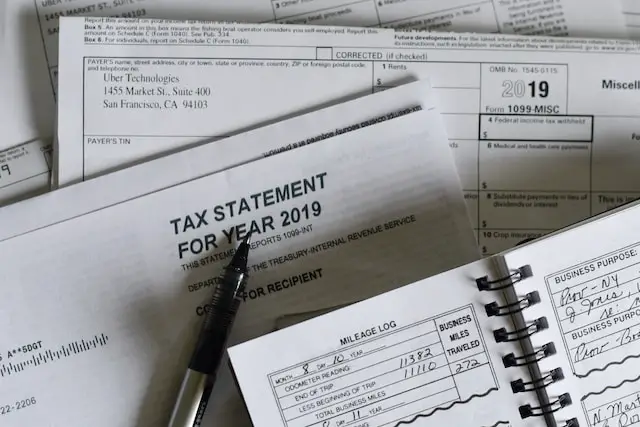Whether or not you will receive a tax refund if you make $60,000 depends on several factors, including your filing status, deductions, and credits.

Filing Status Your filing status plays a key role in determining your tax liability and refund. The five filing statuses are single, married filing jointly, married filing separately, head of household, and qualifying widow(er) with dependent child. The filing status you choose will determine your tax bracket and the tax rates that apply to your income. Generally, the higher your income, the higher your tax rate, and the lower your refund will be.
Deductions Deductions are expenses that can be subtracted from your taxable income, which can lower your overall tax liability and increase your refund. There are two types of deductions: standard deductions and itemized deductions.
Standard Deduction The standard deduction is a set amount that reduces your taxable income. The amount of the standard deduction varies based on your filing status. For tax year 2021, the standard deductions are:
- Single: $12,550
- Married filing jointly: $25,100
- Married filing separately: $12,550
- Head of household: $18,800
- Qualifying widow(er) with dependent child: $25,100
If you choose to take the standard deduction, you do not need to itemize your deductions.
Itemized Deductions Itemized deductions are specific expenses that you can deduct from your taxable income, such as charitable donations, mortgage interest, and state and local taxes. To claim itemized deductions, you must file Form 1040 and attach Schedule A.
Credits Tax credits are similar to deductions in that they can reduce your overall tax liability and increase your refund. However, credits are different in that they are based on specific expenses or situations, such as education expenses, child care expenses, or retirement savings.
The most common credits are the earned income tax credit (EITC), the child tax credit (CTC), and the American opportunity tax credit (AOTC). The EITC is a credit for low- to moderate-income working individuals and families, while the CTC is a credit for families with dependent children. The AOTC is a credit for undergraduate college expenses.
Taxable Income Your taxable income is your total income minus any deductions and exemptions. Your taxable income determines your tax bracket and your tax liability. The more income you have, the higher your tax bracket and the more taxes you will owe.
Calculating Your Refund To determine whether you will receive a tax refund, you must calculate your total tax liability and compare it to the amount of taxes you have already paid. If you have paid more in taxes than you owe, you will receive a refund. If you have paid less in taxes than you owe, you will have to pay the difference.
To calculate your total tax liability, you will need to use the tax tables provided by the Internal Revenue Service (IRS) or tax software. The tax tables are based on your filing status and taxable income. You will need to determine your taxable income by subtracting your deductions and exemptions from your total income.
Once you have calculated your total tax liability, you will need to subtract any tax credits you are eligible for. Tax credits are subtracted directly from your tax liability, so they can significantly reduce your tax bill. If your tax credits exceed your tax liability, you may be eligible for a refundable tax credit, which means you can receive a refund even if you do not owe any taxes.
Finally, you will need to subtract any taxes you have already paid, such as federal income tax withheld from your paycheck or estimated tax payments you made throughout the year. If you have paid more in taxes than you owe, you will receive a refund.